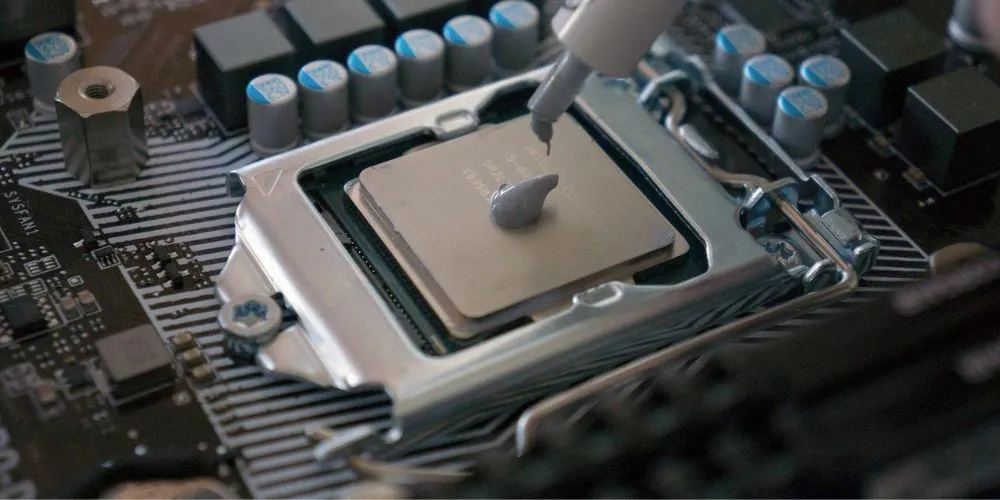When building a PC, most people focus on powerful processors, high-end GPUs, and efficient cooling systems, but one small component often goes unnoticed: thermal paste. Despite its tiny size and simple application, thermal paste plays a crucial role in maintaining system performance and longevity. Without it, even the best hardware can overheat, causing throttling, instability, or long-term damage.
How Thermal Paste Works
Thermal paste is a heat transfer medium between the CPU (or GPU) and the heatsink. Even though these components may fit together perfectly, microscopic air gaps exist between them. These gaps trap heat, reducing cooling efficiency. Thermal paste fills these imperfections, allowing for better heat dissipation and ensuring the cooling solution performs at its best.
The Impact on CPU Performance
The CPU can overheat quickly without proper thermal paste application, leading to thermal throttling. When a processor reaches high temperatures, it automatically reduces its speed to prevent damage, causing a noticeable drop in performance. This is especially important for gamers, video editors, and overclockers who push their CPUs to the limit. Even a high-end liquid cooling system won’t perform optimally if the thermal paste is absent or improperly applied.
Choosing the Right Thermal Paste
Not all thermal pastes are created equal. There are different types, including ceramic, metal-based, and carbon-based compounds, each with varying thermal conductivity and longevity levels. High-quality thermal paste can improve temperatures by several degrees, making a difference in system stability and lifespan. Additionally, replacing old, dried-out paste every 2-3 years ensures that a PC continues to run efficiently.
Common Mistakes and Best Practices
Applying too much or too little thermal paste can reduce its effectiveness. A pea-sized drop in the center of the CPU is generally the best approach, as it spreads evenly when the cooler is mounted. Another mistake is reusing old thermal paste over time; it dries out and loses effectiveness, leading to higher temperatures and reduced performance. Cleaning off the old paste and applying fresh compounds is essential to PC maintenance.
Conclusion
Though often overlooked, thermal paste is one of the most critical components in a PC build. It ensures heat is efficiently transferred from the processor, preventing overheating and performance drops. Choosing and applying the right thermal paste correctly can significantly affect system longevity and stability. Understanding and maintaining thermal paste is as important as picking the proper hardware for any PC enthusiast.










